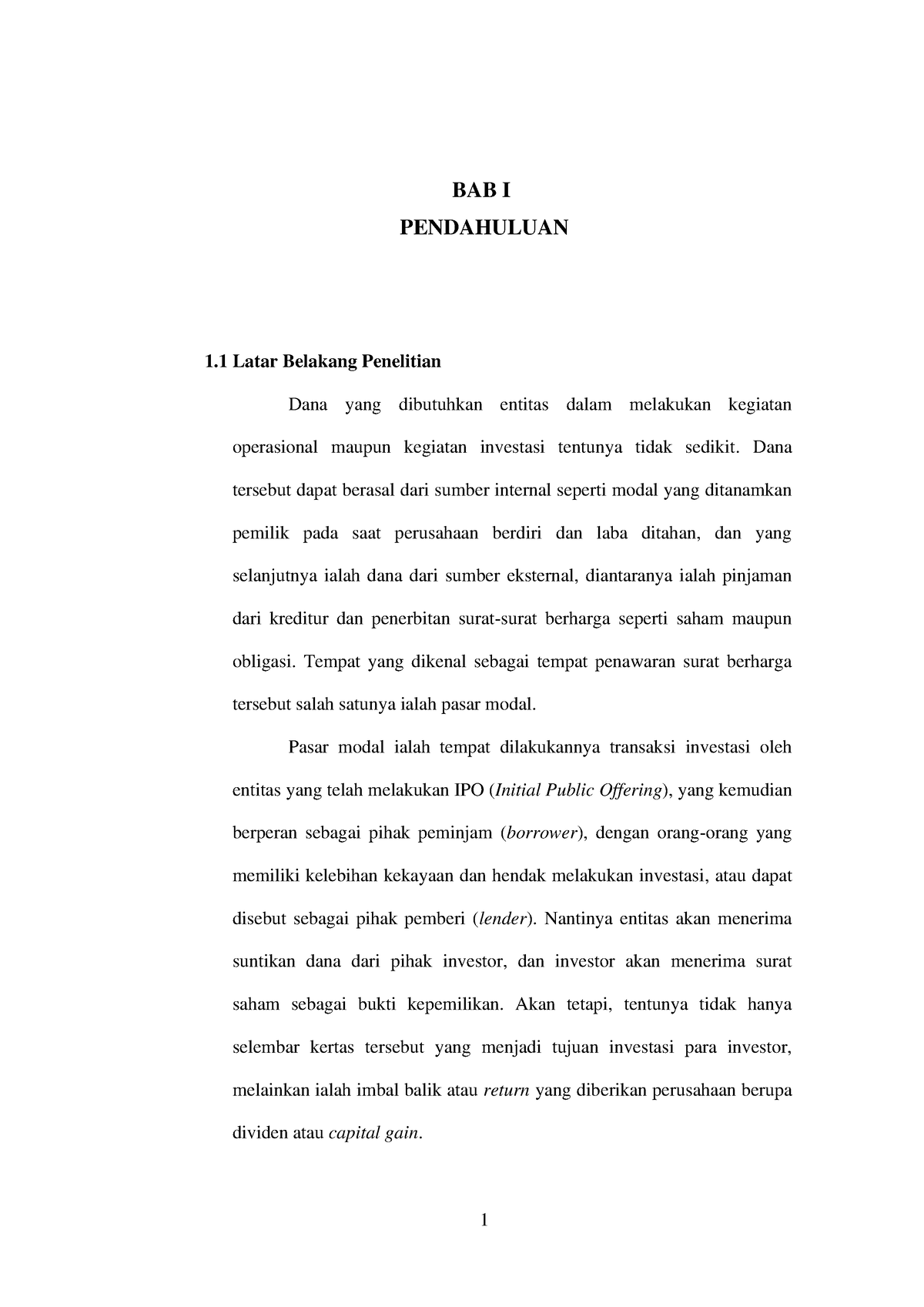
Financial leverage refers to the amount of debt used to finance the operations of a company. A leverage ratio greater than 1 may not be a good sign because it means that the company has high levels of debt and not enough assets or earnings to make payments for that debt. When the leverage value is higher, the company relies more on debt than on equity.
Formula
Variable costs rise when production increases and fall when production decreases. For example, inventory and raw materials are variable costs while salaries for the corporate office would be a fixed cost. Leverage in finance can be compared to using a magnifying glass to focus sunlight. Just as a magnifying glass concentrates financial leverage is measured by light to create a more intense flame, leverage amplifies the potential gains or losses. However, just as holding a magnifying glass too close to a flammable object can cause it to ignite, using too much debt can lead to the risk of default. Here are some common leverage ratios, their formulas and when to use them.
- A good financial leverage depends on various factors, including industry norms, business strategy, and economic conditions.
- However, too much is dangerous and can lead to default and financial loss.
- Using leverage also allows you to access more expensive investment options that you wouldn’t otherwise have access to with a small amount of upfront capital.
- It paves the way for companies to have funds to build capital and expand their business, but it might be adverse if they cannot repay the borrowed amount.
- Leverage in financial management is a type of investment where money borrowed is used to get maximum return on investment or acquire additional assets for business expansion.
What are the Risks of Financial Leverage?
It indicates the extent to which a business depends on its debt and how it uses borrowing as a capital-building strategy. It’s essential for companies to balance the benefits and risks of leverage based on their specific circumstances and objectives. Based on the historical data from the trailing two periods of our hypothetical company, there is $1.50 of total debt for each $1.00 of total assets on its balance sheet. Suppose we’re tasked with calculating the financial leverage ratio of a company as of 2022. Financial Leverage refers to the borrowing of capital by a corporation from lenders, such as banks, to fund its operations and long-term investments in fixed assets (PP&E). For loans tied to collateral, you could lose the asset if you can’t cover the payments.

Leverage Ratio: What It Is, What It Tells You, How to Calculate
The interest coverage ratio shows a company’s ability to pay interest on its outstanding debt. It is figured by dividing the company’s pre-tax, pre-interest earnings by its interest expense. The value helps determine the effect of debt on the company’s overall profitability – a high ratio means the fixed cost of running the business is high. In contrast, a lower ratio implies lower fixed-cost investment in the business.
What are the benefits and risks involved in using financial leverage?
It’s also worth remembering that little debt is not necessarily a good thing. There are various leverage ratios, and each of them is calculated differently. In many cases, it involves dividing a company’s debt by something else, such as shareholders equity, total capital, or EBITDA.
Our Team Will Connect You With a Vetted, Trusted Professional
Because of the risks of using leverage, it’s important to compare the advantages and disadvantages and determine whether financial leverage truly makes sense for your financial circumstances and goals. Investors must be aware of their financial position and the risks they inherit when entering into a leveraged position. This may require additional attention to one’s portfolio and contribution of additional capital should their trading account not have a sufficient amount of funding per their broker’s requirement. Using leverage can result in much higher downside risk, sometimes resulting in losses greater than your initial capital investment. Consumer Leverage is derived by dividing a household’s debt by its disposable income.
The goal of financial leverage is to increase profitability without using additional personal capital. One can calculate the equity multiplier by dividing a firm’s total assets by its total equity. Once figured, multiply the total financial leverage by the total asset turnover and the profit margin to produce the return on equity.
In this case, the formula would include minority interest and preferred shares in the denominator. A leverage ratio is a type of financial measurement used in finance, business, and economics to evaluate the level of debt relative to another financial metric. It can be used to measure how much capital comes in the form of debt (loans) or assess the ability of a company to meet its financial obligations.
 آرایشی فردین | فروش آنلاین به سادگی هر چه تمام
آرایشی فردین | فروش آنلاین به سادگی هر چه تمام

